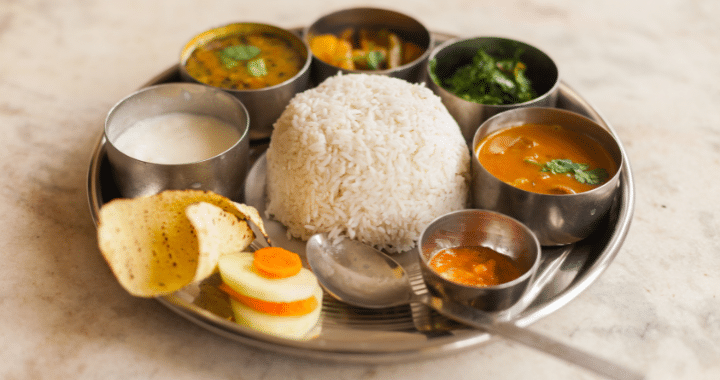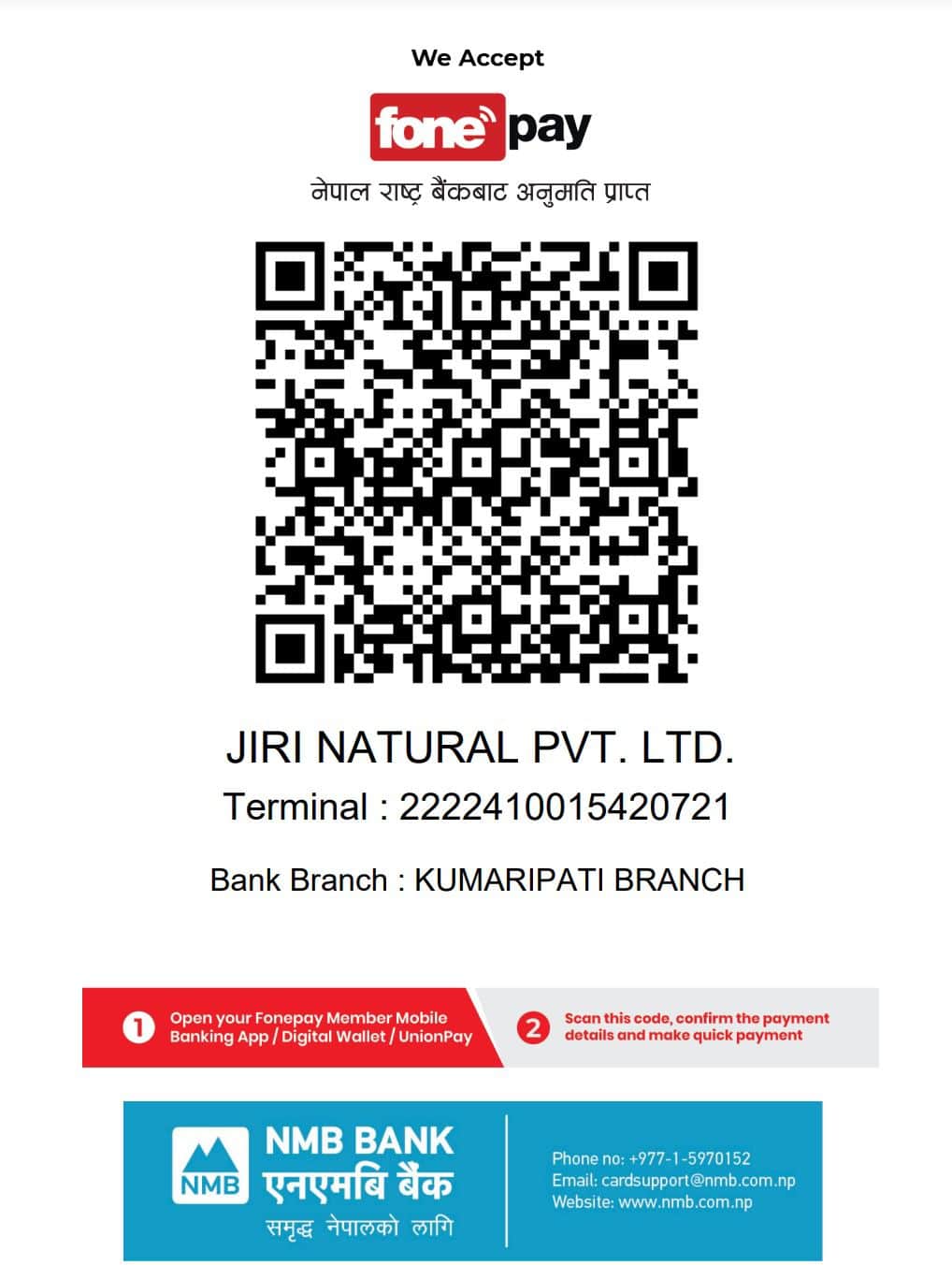Protein in the Nepali Diet

Protein is a vital nutrient responsible for building and repairing tissues, producing enzymes and hormones, and supporting overall bodily functions. While the Nepali diet is rich in carbohydrates, protein content varies based on the inclusion of certain foods.
Primary Sources of Protein in a Nepali Diet
- Lentils and Legumes
- Lentils (dal) are a staple protein source in Nepali households. Varieties like black lentils, red lentils, and split gram provide essential amino acids and fiber.
- Other legumes like chickpeas, kidney beans, and soybeans are also common.
- Dairy Products
- Curd (dahi), milk, paneer, and ghee contribute to protein intake, particularly in vegetarian households.
- In the Himalayan regions, yak milk and butter are prominent.
- Meat and Fish
- Goat meat, chicken, and buffalo (buff) are popular protein sources during feasts or festivals.
- Fish, especially dried varieties, is consumed in regions near rivers and lakes.
- Grains and Pseudocereals
- Whole grains like buckwheat, millet, and barley provide modest amounts of protein.
- Quinoa, though not traditional, is gaining popularity for its high protein content.
- Nuts and Seeds
- Sesame seeds (til), peanuts, and pumpkin seeds are used in chutneys and snacks, adding plant-based protein.
- Vegetables
- Leafy greens like spinach and mustard greens, along with mushrooms, contribute small amounts of protein.
Challenges and Opportunities
Challenges
- Incomplete Proteins: Many plant-based protein sources lack one or more essential amino acids. For instance, rice is low in lysine, and lentils lack methionine.
- Low Protein Density: Compared to meat-heavy diets, traditional Nepali meals may provide less protein per serving.
- Economic Constraints: Protein-rich foods like meat and dairy may be less accessible to low-income households.
Opportunities
- Complementary Pairing: Combining rice with lentils (dal-bhat) or grains with legumes creates a complete protein, offering all essential amino acids.
- Local Superfoods: Native crops like buckwheat, millet, and amaranth are rich in protein and highly sustainable.
- Protein Supplements: For urban populations with fitness goals, plant-based protein powders or whey can bridge the protein gap without disrupting traditional eating habits.


